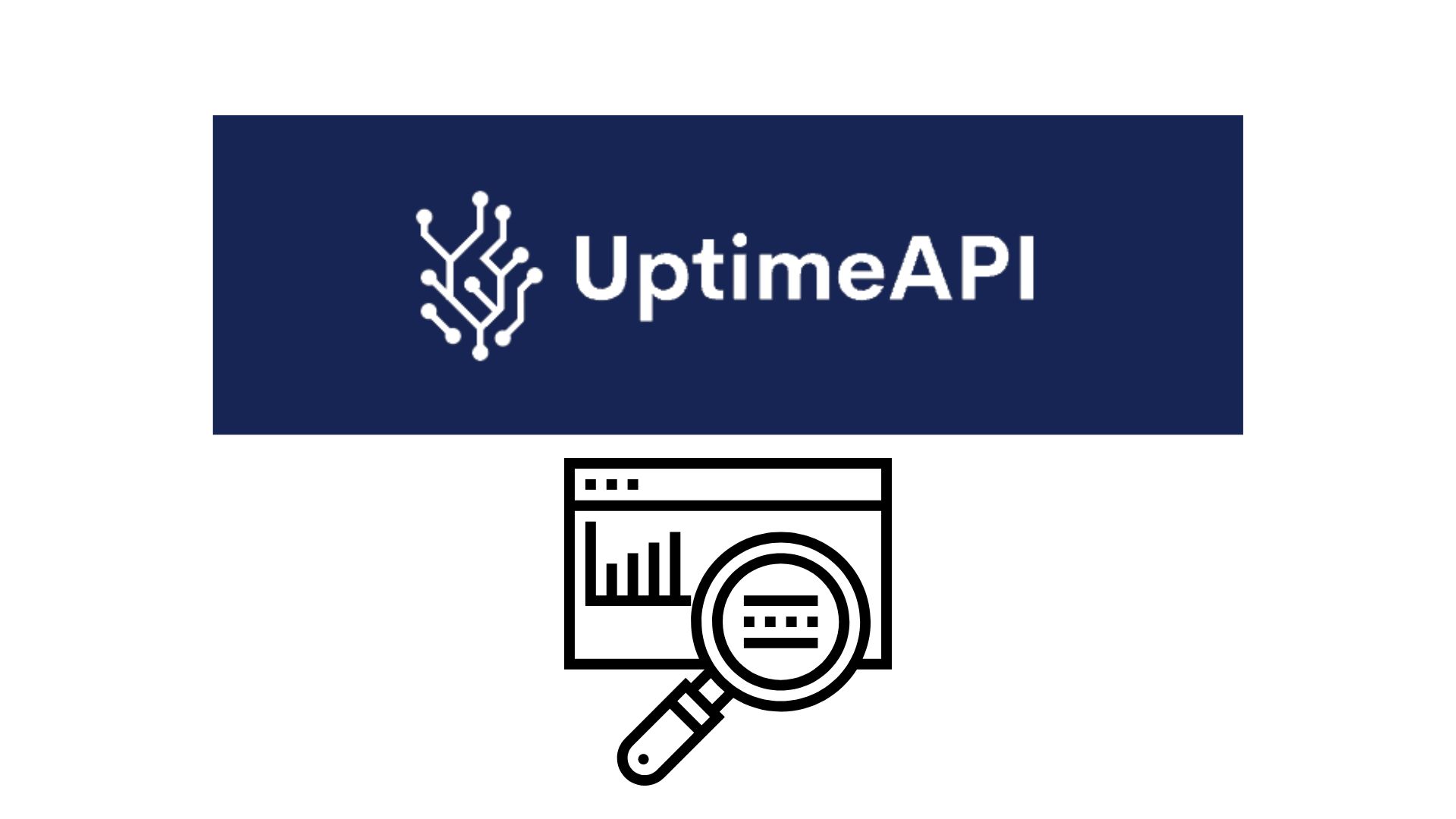REST API Monitoring Tool For Reliable Performance

In order to evaluate API performance, synthetic monitoring entails imitating user interactions. By using this method, problems that might not be visible during real-time monitoring can be found. Make sure the monitoring tool integrates seamlessly with your development and operational technologies. This connection improves efficiency and simplifies the monitoring procedure. A comprehensive picture of API calls made to many services is offered by distributed tracing. This visibility aids in the identification of performance snags and the improvement of REST API Monitoring Tool interactions.
Set up the selected monitoring tool first. This entails setting up the tool's fundamental parameters and making sure it works with the systems you already have. Determine which essential API endpoints require monitoring and set them up. Make that these endpoints are monitored for all pertinent metrics. Set up notifications and alerts to get timely API health information. Personalized alerts make sure you know about possible problems before they get out of hand.
What is a REST API Monitoring Tool?
A REST API Monitoring Tool involves continuously tracking the performance, availability, and functionality of APIs. This process includes measuring key metrics such as API response time, uptime, error rates, and usage patterns. Effective monitoring ensures that APIs are performing optimally and that any issues are quickly identified and resolved.
Instantaneous insights into API performance and status are available through real-time monitoring. Developers can minimize downtime and guarantee a flawless user experience by promptly addressing issues as they arise. Adaptable API alerts and notifications are provided by efficient monitoring tools. Developers can enable proactive issue resolution by configuring these alerts to notify them of particular conditions, including poor API response times or high error rates.
A thorough understanding of API performance over time is made possible by comprehensive performance statistics. Making educated decisions and improving API performance are made possible by these insights. Problems can be found and fixed more rapidly when monitoring systems have strong error detection capabilities. Extensive error logs and diagnostics expedite troubleshooting and cut down on resolution time.
Uptime API
You can keep an eye on your APIs with Uptime API. It functions by routinely verifying that your APIs are operational and functioning as intended. It's simple to set up monitors. The target API endpoint URL and the ability to modify the watch's timeout and interval settings are required in order to set up monitors. Monitoring intervals indicate how frequently an API will do health checks, whereas timeouts indicate how long an API will wait for a response. With these settings, you may tailor monitoring to your requirements and tastes.
You can choose which contacts should receive notifications straight from your API dashboard and set up alerts. You can then inform your team in this manner. You can select the package that best suits your monitoring requirements thanks to its numerous adjustable settings and monitor limits. Additionally, it offers historical data and analytics so you can monitor how API availability and performance have changed over time. Obtain access to your logs so you may investigate any API problems.
Examine historical performance trends and make decisions based on the facts. Alerts can be tailored to your needs in order to minimize interruptions. monitoring APIs quickly and effectively with data. You can choose the alarm notification method that best meets your needs, whether you want webhooks, SMS, or email.
